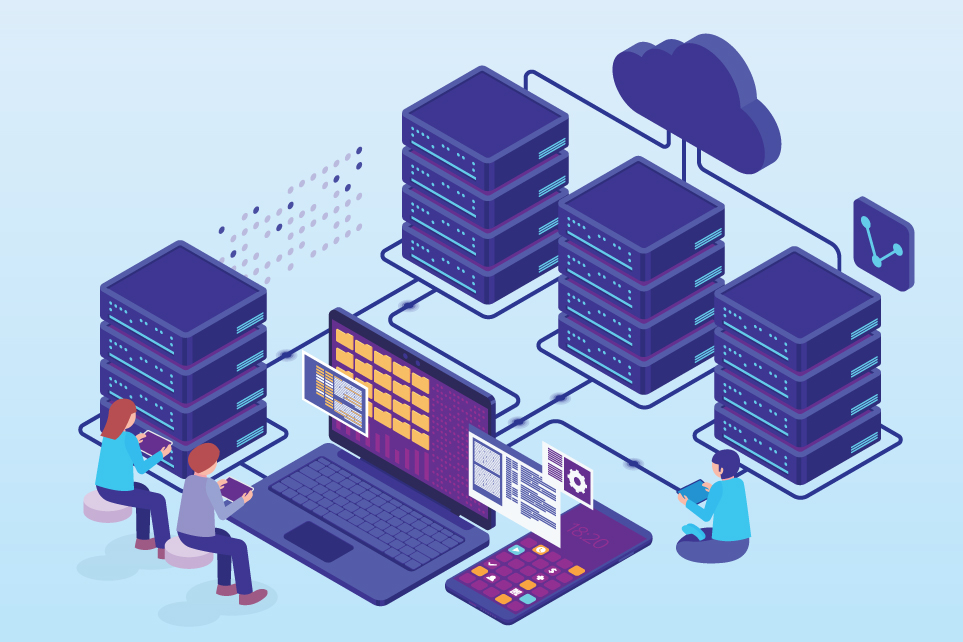Cloud migration is the process of moving digital assets—such as data, applications, and workloads—from on-premise systems to a cloud environment. It helps businesses improve scalability, performance, and cost-efficiency while reducing reliance on physical infrastructure.
There are several types of cloud migration strategies, including:
-
Rehosting (lift-and-shift): Moving applications without changes
-
Refactoring: Modifying apps to better fit the cloud environment
-
Rebuilding: Redesigning apps entirely using cloud-native tools
-
Hybrid migration: Keeping some systems on-premise while moving others to the cloud
Popular cloud platforms for migration include AWS, Microsoft Azure, and Google Cloud, each offering migration tools and services to ease the transition.
Benefits of cloud migration:
-
Cost savings through pay-as-you-go models
-
Faster performance and scalability
-
Improved disaster recovery and business continuity
-
Global accessibility for remote teams and users
Successful migration requires planning, security assessments, testing, and post-migration monitoring to avoid downtime or data loss.
Cloud migration is more than just a technical move—it’s a strategic step toward digital transformation. When done right, it unlocks new opportunities for innovation, agility, and growth.

Leave a Reply